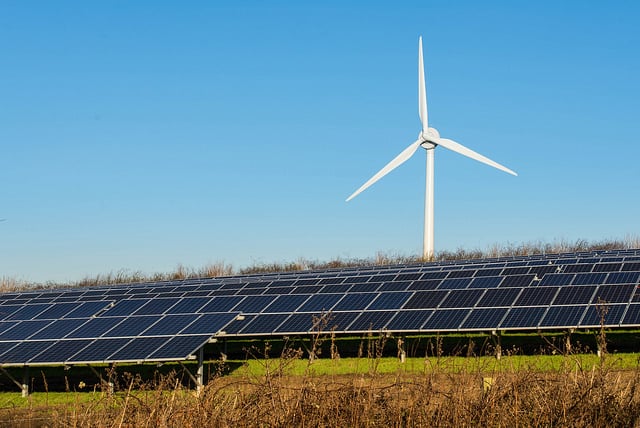
If current trends continue, renewable energy will provide roughly one-third of US electricity to the grid by 2030, although this could reach half of generation if deployment increases, according to data by the Energy Information Administration (EIA) and the Federal Energy Regulatory Commission (FERC).
Even this, however, would fall short of US President Joe Biden’s target of 80% renewable energy use by 2030, which is becoming unrealistic unless deployment substantially accelerates soon, sustaining levels of peak growth found in the last six years, EIA data shows.
Unlock unlimited access for 12 whole months of distinctive global analysis
Photovoltaics International is now included.
- Regular insight and analysis of the industry’s biggest developments
- In-depth interviews with the industry’s leading figures
- Unlimited digital access to the PV Tech Power journal catalogue
- Unlimited digital access to the Photovoltaics International journal catalogue
- Access to more than 1,000 technical papers
- Discounts on Solar Media’s portfolio of events, in-person and virtual
Or continue reading this article for free
The EIA’s Electric Power Monthly report revealed that renewable energy provided 22.5% of US electricity in the first four months of 2021. In 2011, the figure was 13.75%, meaning renewables added around 1% to its share of US energy supply each year.
Almost all of this growth in down to solar and wind, which rose from 3.3% in April 2011 to 13.9% in April 2021, with other forms of renewables basically unchanged over the decade at 9-10%.
If this trend continues, renewables will provide around one-third of US electricity generation in 2030. FERC data confirmed this scenario, showing that if the projected growth rate is sustained over this decade, renewables would provide approximately 38% of the nations electricity by 2030.
Hitting 50% is possible through solar and wind
Strong annual growth rates for wind and solar over the past six years offer hope that renewables can hit 50% of electricity generation by 2030, notes the EIA data.
While wind has grown by around 10% per year since 2014, solar has expanded an enormous 30% on average each year, although there are some signs of it slowing recently with the last three year’s recording 21% annual growth.
Sustained future growth could see wind power doubling its generation from 2020 to 2030, with solar increasing by 600% over the same period.
Under this scenario, wind and solar would be generating around 20% of US’ electricity each, with other renewables adding 10%, reaching the 50% total.
Furthermore, FERC said the addition of 42.8GW of utility-scale solar to the 57.9GW of existing capacity – an increase of 74% – is a “high probability”. Another “high probability” is wind expanding its current capacity of 125.7GW by another 20.5GW. Both make hitting 50% more likely.
Reaching 80% unlikely unless highest growth rate replicated over decade
President Biden’s 80% target is only possible if a much faster growth track is realised. Wind power has grown by 12% in three of the last six years, while solar, as previously mentioned, has seen annual growth rates of 30%, although this has dipped in the past three years.
If the US could sustain these highest growth rates through to 2030, which would require enormous levels of consistent public and private investment over the remaining decade, then hitting 80% is possible. Wind would account for around 25% and solar would be nearly 45%. Add in another 10% from other renewables (hydropower, biomass, geothermal, etc.) and you would reach Biden’s 80% target. To achieve this would also require a massive expansion in workforce.
